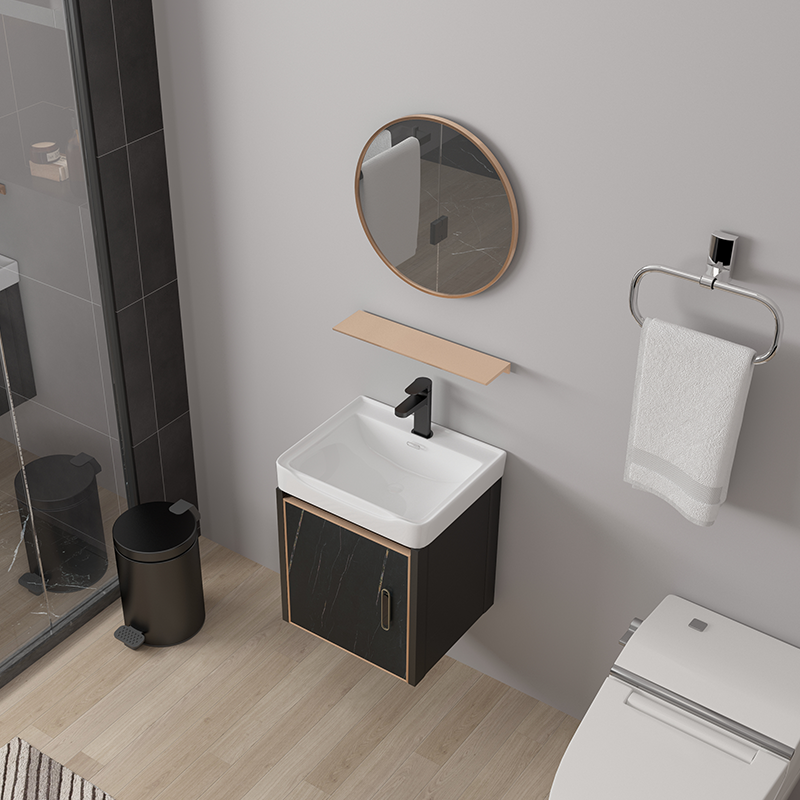Introduction to Wash Basin Selection
Selecting the ideal wash basin for your bathroom or powder room requires careful consideration of multiple factors. Whether you’re renovating or building new, understanding these ceramic wash basin selection principles will ensure you make a choice that combines functionality, durability, and aesthetic appeal. This comprehensive guide covers all critical aspects from material selection to installation considerations.
Material Matters: Why Ceramic Reigns Supreme
When it comes to wash basin materials, ceramic sink options dominate the market for good reason:
-
Durability: High-quality ceramic resists chipping and scratching better than many alternatives
-
Hygiene: The non-porous surface prevents bacterial growth and is easy to clean
-
Aesthetic versatility: Available in countless shapes, colors, and finishes
-
Heat resistance: Withstands hot water without damage
-
Cost-effectiveness: Provides premium quality at reasonable prices
Pro tip: Look for vitreous china – a premium ceramic wash basin material with extra durability and stain resistance.
Size and Configuration: Finding Your Perfect Fit
Measuring Your Space
Before selecting your wash basin, take precise measurements of:
-
Countertop/cabinet width
-
Available wall space
-
User height (for comfortable daily use)
Standard ceramic sink sizes range from:
-
Small (16-20 inches wide)
-
Medium (21-30 inches)
-
Large (31+ inches)
Mounting Styles Explained
-
Undermount: Ceramic wash basin installed beneath countertop for seamless look
-
Drop-in: Rim sits on counter surface (easiest installation)
-
Wall-mounted: Space-saving option perfect for small bathrooms
-
Pedestal: Classic freestanding design conceals plumbing
-
Vessel: Bowl sits atop counter for dramatic statement
Functional Features to Consider
Bowl Depth and Shape
-
Standard depth: 5-8 inches
-
Extra-deep bowls (8+ inches) prevent splashing
-
Round, oval, rectangular, or square shapes available
Faucet Compatibility
Ensure your wash basin has:
-
Adequate deck space for faucet installation
-
Properly aligned pre-drilled holes (or opt for hole-less design)
-
Appropriate thickness to support faucet weight
Overflow Protection
Many ceramic sink models include:
-
Built-in overflow channels
-
Secondary drainage systems
-
Anti-splash rims
Style and Aesthetic Considerations
Color Options Beyond White
Modern ceramic wash basin choices include:
-
Classic white (timeless and versatile)
-
Bold black (dramatic contemporary look)
-
Earth tones (beige, gray, taupe)
-
Even vibrant colors for statement pieces
Surface Finishes
-
Glossy (traditional easy-clean surface)
-
Matte (modern fingerprint-resistant option)
-
Textured (adds visual interest)
Design Elements
-
Minimalist flat-rim designs
-
Decorative molded edges
-
Integrated soap dishes or accessories
Installation and Maintenance Tips
Professional vs. DIY Installation
While some wash basin types allow DIY installation, consider professional help for:
-
Wall-mounted models requiring secure anchoring
-
Heavy ceramic sink units needing structural support
-
Complex plumbing configurations
Daily Care for Longevity
Maintain your ceramic wash basin with:
-
Mild, non-abrasive cleaners
-
Soft cloths or sponges
-
Regular drying to prevent water spots
-
Avoidance of harsh chemicals that can damage glaze
Budgeting and Where to Buy
Price Ranges for Quality Basins
-
Economy: $50-$150
-
Mid-range: $150-$400
-
Premium: $400-$1000+
-
Designer: $1000+
Recommended Retailers
-
Specialty bathroom fixture stores
-
Home improvement centers
-
Online marketplaces with verified reviews
-
Direct from manufacturers
Conclusion: Your Perfect Wash Basin Awaits
By following these ceramic wash basin selection principles, you’ll find a sink that perfectly balances form and function. Remember to prioritize quality materials (especially with ceramic sink options), proper sizing, and features that match your daily needs. With countless styles available today, there’s an ideal wash basin solution for every bathroom design and budget.
